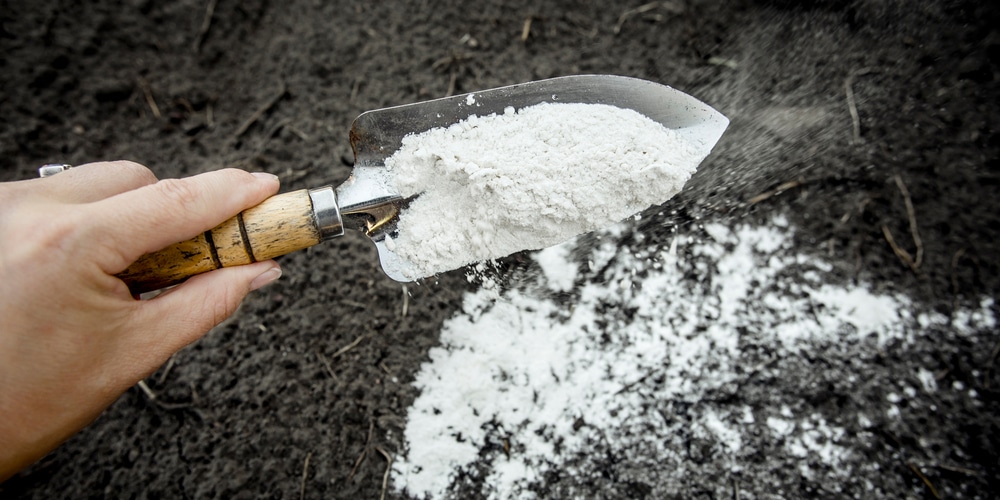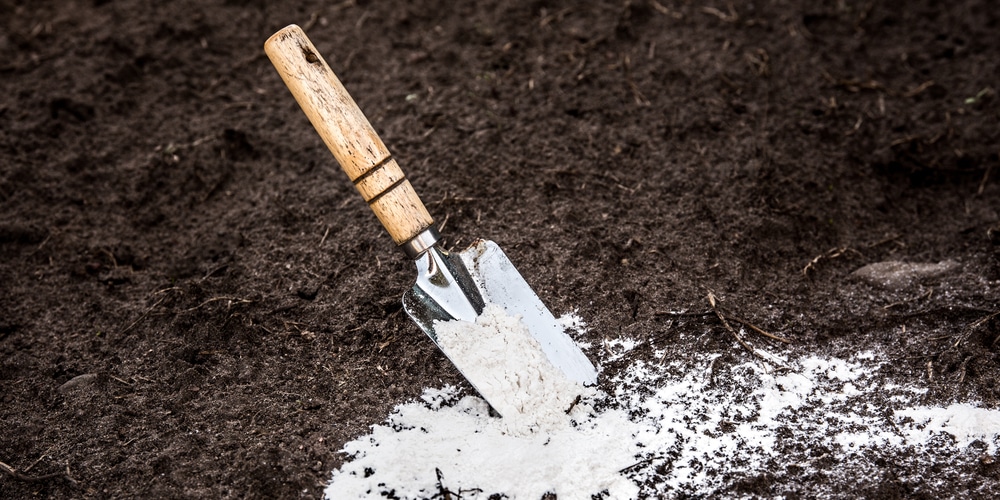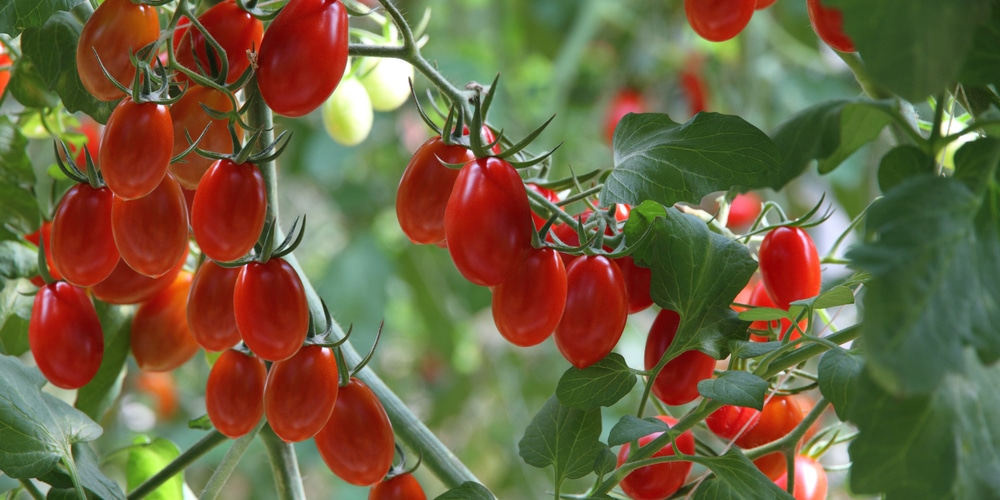If you are growing a vegetable garden, you might already know that some crops might need extra nutrients to thrive. And you might have heard of gardeners adding lime to their soil. But is it something you should add to your tomato plants? If you don’t know the answer, keep reading: you can find all you need to know about the topic in this essential guide.
Why Should You Apply Lime?

Lime (also known as agricultural lime or calcium carbonate) can increase the soil nutrient content (especially by adding calcium) and improve water retention. And plants need calcium to grow since it plays a crucial role in healthy wall cells.
Some gardeners even use it to raise the soil pH. However, you must add it in the right quantities to avoid messing up the substrate balance. So, keep that in mind before deciding to apply lime in your garden.
Lime also helps improve the soil permeability, meaning it contributes to making moisture more accessible to your plants. And this comes especially handy if you live in a warm and dry region, where water tends to evaporate quickly.
Of course, you must do a soil test before applying lime to your garden. Indeed, the proper amount to use on your crops depends on the substrate’s current conditions. And a test will tell you more about the soil nutrient levels and pH, which means But what about adding lime to your tomatoes? Jump to the following sections to learn all you must know about the subject.
Should You Add Lime in Tomatoes?
Tomatoes grow best in slightly acidic soils, between 6.0 and 6.5. So, adding lime can be beneficial if you need to increase the substrate’s pH when necessary. However, applying too much will raise the soil pH and, in turn, affect the plant’s ability to absorb magnesium(other essential elements to the development of healthy tomatoes).
To prevent that from happening, you must avoid applying too much lime. Alternatively, consider using dolomite lime, which contains all the characteristics of agricultural lime, but also adds magnesium to the soil.
Additionally, lime will add more calcium to the soil, preventing the development of blossom end roots, which might result in poor harvests. Also, as we mentioned before, lime ensures fewer issues underwatering. In turn, this will contribute to making your tomatoes’ roots stronger.
How to Apply Lime
It usually takes time for lime to affect your plants’ growth. Since the substance comes in various forms, you must choose one that suits your needs. For instance, if you need to alter the soil pH fast, you might be better off with hydrated lime.
However, such a solution is also more challenging to control. So, if you don’t want to apply too much of it, consider getting granular or pulverized products. Remember to add them at least 2 to 3 months before planting your tomatoes to get effects.
Applying lime isn’t too complicated: you can use a manual spreader to ensure an even spread. Also, don’t forget to rake the soil for even better results.
What Happens When You Apply Too Much Lime?
We talked about the benefits of adding lime around your tomatoes. But what can happen if you add too much of this compound? To begin with, you may raise the soil pH too much, making the environment uncomfortable for your crops. While the problem is reversible (for instance, you can always apply elemental sulfur), you should avoid that to minimize stress on your plants.
Also, you must be careful when applying lime if kids or pets are around. Indeed, agricultural lime might be toxic when ingested and cause skin irritation. Too much of it might also burn your plants, so follow the instructions you find on the product label.

